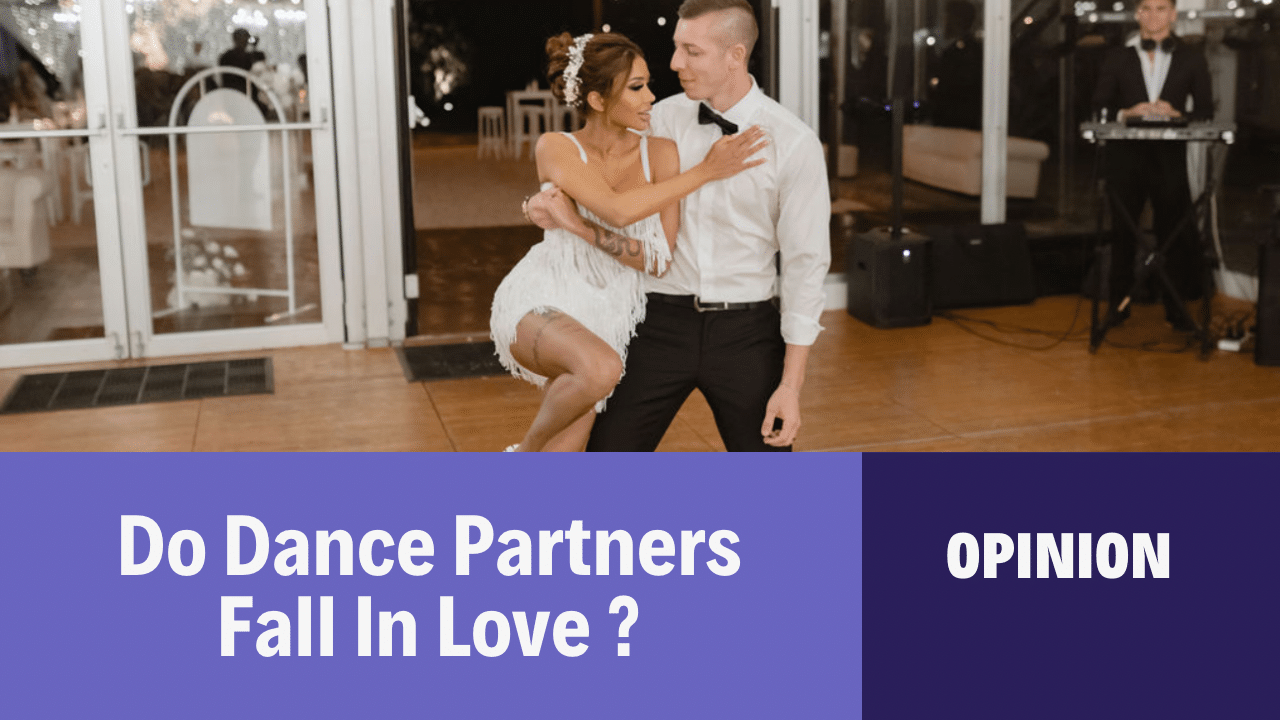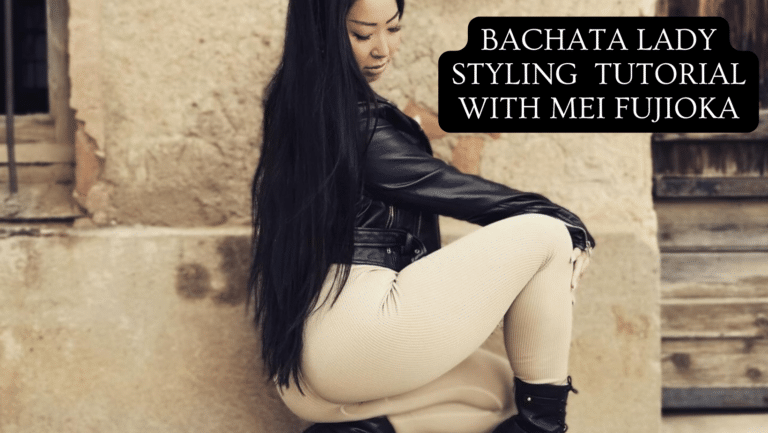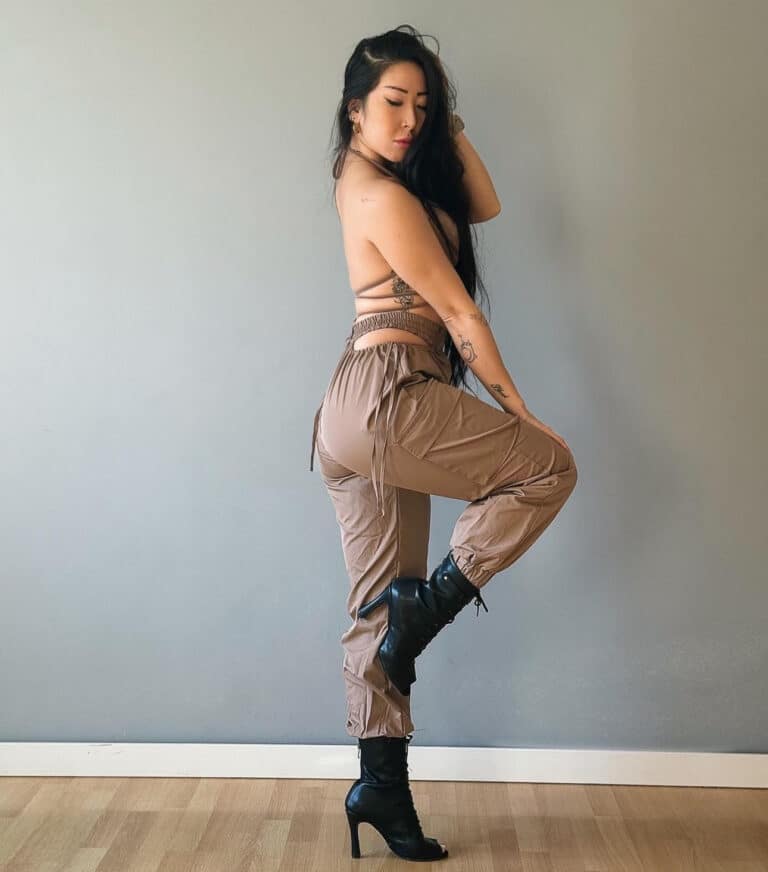No products in the cart.
Go Back to Shop
All CategoriesBachataBachataBachataBachata dance shoesBachata Shoesbachata sneakersBalletBallet shoesBallroom DanceBallroom dance shoesBallroom Dance ShoesBarefoot dance shoesBlack dance costumesBlack salsa shoesBlowout BrushCanvas ShoesChaussures de danseChaussures de danse latinesChaussures de dansesChaussures de danses latinesComemrcial Heels Dance ShoesComfortable dance shoesCommercial Heels DanceCuban SalsaCuban SonCustom Dance ShoesDancedance bootsDance Classesdance costumesDance Hair AccessoryDance quotesDance ShoesDance Shoes AccessoriesDance shoes MelbourneDance shopdance shop near meDance SneakersDance WearDancers LifeEarringsFlamenco dance shoesFrequently Ask QuestionsGold heelsHeel boots for womenheelsHeels danceHeels DanceHeels Dance ShoesHeels for womenIrish tap Shoesjazz danceJazz Dancing ShoesJazz ShoesKizomba dance shoeskizomba melbourneKizomba ShoesKizomba shoesLatin DanceLatin danceLatin Dance ClassesLatin Dance Shoeslatin dance shoesLatin Dance Shoes Australia Brand Representativeslatin dance shoes Gold CoastLatin Dance Shoes MelbourneLatin Dance Shoes SizeLatin Dance Shoes Size 2Latin Dance Shoes Size ChartLatin dance shoes sydneylatin shoesLeather Dance ShoesLifestyle SneakersLine Dance ShoesPerformance SneakersPleaser ShoesPointe shoesPole Dancer ShoesPole Dancing ShoesPole ShoesRueda de CasinoRueda De CasinoRumbaRumba CubanaRumba CubanaSalsaSalsa Dance ShoesSalsa Dance TutorialSalsa Shoessalsa shoes sydneySalsa sneakersSexy Heelssexy heelsShoe TypesSizes ShoesSizing Guide ShoesSneakersSon CubanoSon CubanoSwing Dance ShoesSwing ShoesSwing ShoesT-bar shoestango shoesTango ShoesTap ShoesUncategorizedWeddingwoman heelsWomens dance boots
Do Dance Partners Fall In Love?
by Clement
Jan 31, 2024
Do Dance Partners Fall in love? That’s a question that is in the mind of most non-dancers watching dance partners dance. But that’s also a very important question to ask when partnering up with someone. Because dancing definitely creates bond between dancers. Developing trust and connection which is the fundamentals of any relationships, to sexual attraction. It’s almost the same as asking: Can men and women be friends only? Most guys know the answer: No. But women do think it is possible (for some of them). Let’s analyse that question together, going through studies and processes that happens while dancing and rehearsing for hours with a dance partner. How your body’s natural hormones react through hours of partner dancing with one dancing partner.
Do Dance Partners fall in Love?

So, reading the introduction, you might think that it is quite obvious that the answer is yes. Yet, the dynamics of dance and romance are complex. While some dancers experience a blossoming of romantic feelings for their partners, others may value the platonic nature of their partnership, appreciating the professional and artistic benefits it provides. The physical and emotional closeness required in dance can sometimes blur the lines between professional collaboration and personal affection, leading partners to navigate a delicate balance between their work on the dance floor and any feelings that extend beyond it.
Key Takeaways
- Dance partners often develop a strong connection through their shared physical and emotional experiences in dance.
- Trust and understanding built on the dance floor can be foundational elements for romantic relationships.
- Navigating the balance between professional dance partnerships and personal affection presents unique challenges and opportunities.
Short answer
Do Dance Partners fall in love?
Yes, most of the time dancers form a strong bond with their dance partner which bring them to fall in love for each other.
But there is ways to avoid it! We will see them all while understanding the process of partner dancing.
Shop Dance Shoes

My opinion after 18 years of dance and several dance partners
In my opinion, considering everything that we write bellow and through an extended 18 years of dancing and 2 romantic relationships that were with my dance partner, I think it’s natural for partner dancers to bond together. And if nothing is done, both partners will fall in love with each other. Even if initially there were no attraction between them two. And that’s for the same reason as two friends can become more than friends, when, with time, their friendships create a bond and the line became blur. Then one day something happen, and they can decided from there where to go. However, once you are aware of that issue that can arise, there is steps and processes you can put in place, in order to keep it as a professional relationship. To me, the word professional is the one that is the most important in that sentence. As long as you see it as a professional relation, and treat it that way, putting in place boundaries and seeing the real nature of your own feelings (temporary spark and idea of romance, which doesn’t mean that you would form a great couple.), then you will be able to keep it straight professional.
Table of Contents
How does dance connect people?
Do Dance partners fall in love ?
Dance, by its very nature, is a medium that fosters close interaction, and often, intimate bonds between dance partners. It is within this physical and emotional collaboration that connections are forged, potentially paving the way to deeper relationships.
From Dance Partners to Life Partners
When two individuals engage in dance, they embark on a journey of partnership that transcends the mere act of moving to music. They cultivate a connection that is predicated on trust and mutual support. This intimate coordination can naturally lead to a strong attraction between the dancers. Dance couples may find that their synchronicity on the dance floor evolves into a personal bond off it, as shared experiences and eye contact during performances intensify their affection.
The Chemistry of Dance
The chemistry in a dancing pair is palpable; the way they anticipate each other’s moves, the exchange of subtle signals, and the rhythm they share can mirror the dynamics of a romantic relationship. As they maintain intimacy through each dance, partners often foster a deep emotional connection. Moreover, a study by Brownwyn Tarr from the university of Oxford points out that dancing together can contribute to an enhanced sense of unity and bonding. The physical closeness required in dance, coupled with the release of feel-good hormones, can significantly increase the chances of love blossoming between dance partners.
How dancers communicate and connect through movements? Non verbal communication for a deeper connection and important elements to keep in mind while dancing
Do Dance partners fall in love ?
In the intimate world of dance, partners often find a unique bond forming as they communicate through intricate body language and express emotions without uttering a single word. This non-verbal interaction can be a potent catalyst for connection and, in some cases, the beginnings of love.
Understanding Body Language
Body language serves as the foundation of non-verbal communication in dance. Dance moves become sentences and gestures turn into the punctuation that gives them meaning. As dance partners interact, they learn to read each other’s posture, tension, and gestures. Each movement carries a specific intent, whether it’s a twirl signifying joy or a close embrace that can express trust or affection. These cues are understood universally in the language of dance and transcend verbal communication.
Expressing Emotions Non-Verbally
Expression through dance allows emotions to be conveyed with a rawness and sincerity that words may fail to capture. The vocabulary of dance is rich with emotional nuance, from the joyous leaps to the gentle caressing of hands. Dancers communicate complex emotions such as longing, happiness, and vulnerability through their interaction on the dance floor. It is not just in the grand gestures but also in the subtleties—such as the softness of a gaze or the slight pressure of a hand—that emotions whisper their presence vividly to their partner.
Understanding The Dynamics of Dance and Romance
Do Dance partners fall in love ?
Dance often blurs the lines between performance and personal connection, leading to varying degrees of intimacy on the dance floor. The interplay of physical touch and trust can foster a bond that might resemble or even ignite a romantic relationship.
Navigating Intimacy on the Dance Floor
When two individuals partner up in dance, they embark on a journey that navigates the realms of intimacy and trust. As they move to the music, they share a sensual energy that can be the foundation of a deeper relationship. The cues that dancers give and receive are subtle yet significant, relying on an intimate understanding of each other’s bodies and movements. In some cases, this connection may lead to one or both partners developing feelings that go beyond the dance, seeing their partner as a potential romantic partner.
The choreography itself may encourage romance, as partners mirror each other’s actions, creating a synchronized performance that showcases their compatibility.
The Impact of Physical Touch
Physical touch, a fundamental element of partner dancing, plays a powerful role in establishing connection. It releases endorphins, the body’s natural feel-good chemicals, which contribute to a sense of well-being and happiness. As partners hold hands, embrace, or guide one another across the dance floor, they build a rapport that often feels deeply personal. This touch, combined with the energyexchanged during the dance, might lead them to explore whether the chemistry they feel while dancing translates into a deeper connection off the dance floor.

Do Dance partners fall in love ?
Challenges and Benefits of Dance Partnerships
When individuals embark on a dance partnership, they encounter a multifaceted journey where trust is essential, and the bond formed can often lead to strong emotional connections. They work towards shared goals, pushing through challenges with determination, and often learning more than just dance steps in the process.
Building Trust and Teamwork
Trust is the foundation of any successful dance partnership. Dancers must rely on each other to execute moves flawlessly, maintaining a close physical connection and a deep sense of coordination. This trust is cultivated through hours of practice, where they learn to anticipate each other’s movements and work cohesively as one unit. It’s a process that involves a great deal of patience and mutual respect. They tackle the challenge of perfecting their routines as they learn to dance together, setting and achieving goals that elevate their partnership beyond the dance floor.
Overcoming Jealousy and Competition
In the realm of dance, competition can ignite a fire of determination but also spark feelings of jealousy. Partners must navigate these feelings while maintaining a supportive and encouraging dynamic. They celebrate each other’s strengths, which helps in overcoming jealousy and reinforcing the partnership. An upset in competition can test the partnership; however, it is through these very challenges that partnerships often strengthen, as they present opportunities to demonstrate resilience and commitment to each other’s success.
What happens and be aware of Beyond the Dance Floor?
The realm of dance extends far beyond the steps and music; it often forges deep connections and crosses cultural divides. Through shared rhythms and movements, dancers frequently develop lifelong friendships, romantic relationships, and a profound communal understanding.
The Lifelong Bonds Formed Through Dance
Dance partners frequently discover that their physical synchronization on the dance floor can lay the groundwork for meaningful relationships. They find themselves falling romantically for their dance partners, sometimes leading to dating and even marriage. The act of dancing together requires trust, an essential ingredient in friendships and romantic relationships alike. The dance scene, therefore, often becomes a backdrop against which playfulness and connection evolve into enduring bonds.
Dance as a Universal Language
Through its inherent ability to express and communicate, dance emerges as a universal language that transcends verbal barriers. Dancers unite over shared tempos and expression, forming connections that aren’t bound by the conventional constructs of communication. They engage in an interaction that is both dynamic and intimate, projecting emotions and stories. This universal aspect of dance enables people from different backgrounds to connect, understand, and appreciate one another on a profound level.
Tip: Avoid late night rehearsal at your dance partner’s place. The night always makes it more romantic and propitious to more intimate connections.
Other related questions to "do dance partners fall in love with each other?
This so far might arise even more questions to you. And it’s normal. We picked your curiosity and now you want to know more. Let’s dive into it.
Tip 2: If you want to fall in love, fall in love with your dance shoes ! They will never let you down !
How do dance partners keep things professional?
Maintaining a professional relationship with a dance partner involves several key practices. Creating a safe and successful dance partnership requires open communication, respect, and support. It’s essential to establish mutual trust and clear boundaries from the outset. Both partners should be committed to working collaboratively, focusing on the shared goal of delivering a strong performance while respecting each other’s personal space and boundaries.
How can I stop myself from liking my dance partner?
Developing feelings for a dance partner can be a natural consequence of the close physical proximity and emotional expression inherent in dancing. However, if you’re looking to keep your relationship strictly professional and avoid personal attachment, consider the following strategies:
1. Set Boundaries
Clearly define your personal and professional boundaries. Keep interactions focused on dance-related topics and avoid sharing excessively personal information.
2. Focus on the Dance
Channel your energy and attention into the technical aspects of the dance and your performance goals. Concentrate on improving your skills and technique rather than the personal connection.
3. Change Your Perspective
Try to view your partner as a colleague or teammate rather than a potential romantic interest. Remind yourself of the professional nature of your relationship.
4. Expand Your Social Circle
Engage with other dancers and friends outside of your dance partnership. This can help prevent over-reliance on your dance partner for social interaction and emotional support.
5. Reflect on the Consequences
Consider the potential impact of pursuing a romantic relationship on your dance partnership and the wider dance community. Professionalism in dance often requires avoiding such entanglements.
6. Practice Self-Control
Recognize that feelings can be managed and that you have the power to control your actions, even if you can’t control your emotions.
7. Seek Support
If you’re finding it difficult to manage your feelings on your own, talk to a trusted friend or consider seeking guidance from a mental health professional.
Remember that it’s normal to feel a connection to someone you spend a lot of time with, especially in an activity as intimate as dance. However, with conscious effort and clear boundaries, you can maintain a professional relationship with your dance partner.
Is Partner dance intimate?
Some partner dance can be more intimate than others. For example sensual bachata can be a lot more intimate than Waltz, due to the nature of the dance and the sensual body rolls and body movements. Overall partner dance is intimate due to the nature of dance requiring close connection, trust, physical touch and communication.
Is dancing good for relationship?
Dancing can be highly beneficial for relationships. It offers a unique combination of physical activity, emotional expression, and teamwork, all of which can strengthen the bond between partners. Here are some specific benefits:
Enhanced Communication
Partner dancing requires non-verbal communication, which can improve a couple’s ability to understand and respond to each other’s cues and emotions.
Increase intimacy & Physical Touch
Dancing involves close physical contact, which can increase intimacy and promote the release of oxytocin, the so-called “love hormone,” which fosters bonding and trust.
Unite couples via Shared Goals
Working together towards a common goal, such as mastering a dance routine, can unite couples with a sense of teamwork and accomplishment.
Stress Relief
Like other forms of exercise, dancing can reduce stress and anxiety. It releases endorphins, which can create a sense of well-being and happiness within a relationship.
Fun and Enjoyment
Dancing is a fun activity that can bring joy and laughter into a relationship, helping couples to enjoy each other’s company in a lighthearted setting.
Build Trust
Partner dancing often requires one to lead and the other to follow, which can help build trust as each person relies on the other to perform the dance correctly.
Physical Fitness
Dancing is a great form of exercise that can improve physical health, boost confidence, and increase energy levels, all of which can contribute positively to a relationship.
Create New Experiences
Learning to dance provides an opportunity for couples to try new things together, keeping the relationship fresh and exciting.
Extend your Social Connections as a couple
Dancing can expand a couple’s social circle, providing opportunities to meet new people and engage with other couples who share similar interests.
Develop Emotional Expression
Dance allows individuals to express emotions that might be difficult to convey in words, leading to a deeper emotional connection between partners.
Overall, dancing together can be a powerful way for couples to connect, communicate, and keep their relationship dynamic and enjoyable.
Note: If you are in a relationship and your partner has a dance partner other than you, then dance is not good for your personal relationship!
Frequently Asked Questions
How common is it for ballroom dancers to develop romantic feelings?
It is quite common for ballroom dancers to develop romantic feelings towards their dance partners, especially given the amount of time spent together and the physical closeness required by the sport.
Does the intimacy of partner dancing often lead to love?
The intimacy of partner dancing can indeed foster a unique connection that, for some, may evolve into a romantic relationship given the shared passion and emotional expression inherent in dance.
In what ways can dancing together strengthen a relationship?
Dancing together can strengthen a relationship through increased trust, communication, and understanding of each other’s movements and cues, enhancing their emotional connection.
Are romantic relationships more frequent among dance partners than in other professions?
While there is no definitive data, the closeness and synchronization required in dancing may lead to more frequent romantic relationships among dance partners compared to professions that lack these intimate elements.
What is the impact of dancing on the personal connections between dancers?
The impact of dancing on personal connections between dancers can be profound, as it builds a deep sense of trust and often requires being attuned to one another’s physical and emotional cues.
Can the closeness required in dance help in forming deep emotional bonds?
Yes, the closeness required in dance has the potential to help form deep emotional bonds as partners navigate the vulnerabilities and intricacies of moving as one, which can lay a foundation for a strong connection beyond the dancefloor.
Thank you for reading our blog about “Do dance partners fall in love?”

Dance teacher, music passionate and Latin dancers aficionado!
Founder of Latin Dance Shoes Australia
-
Clementhttps://latindanceshoes.com.au/author/admin
-
Clementhttps://latindanceshoes.com.au/author/admin
-
Clementhttps://latindanceshoes.com.au/author/admin
-
Clementhttps://latindanceshoes.com.au/author/admin
Related
What Shoes To Wear For Bachata ?
Jan 26, 2024
Bachata Lady Style Beginner With Grace Uchida
Feb 1, 2024
Further reading
3 Mini lady Styling Bachata Dance Tutorial
Feb 27, 2024
What shoes to wear to salsa class ?
Feb 11, 2024



